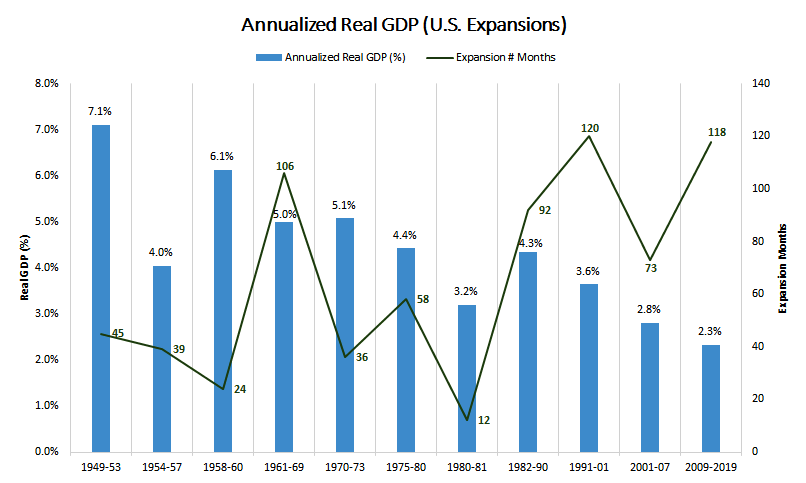Long term readers know my distaste for buying IPO’s. It’s only because historically those that initially buy an IPO will only make money if they trade it. 99% of investors don’t know how to trade so it usually ends up badly because IPO’s are all about hyping a known company, drawing in the dumb money so the smart money (the initial investors and the bankers bringing them public) can get out. This is why you typically see a ramp up when a company initially goes public and then the stock price comes crashing back to reality. Not always …. but most of the time and the reason to make money on IPO’s, you need trade rather than buy and be a part of the crash.
The better strategy is to wait until the stock price falls back to earth and then buy, assuming it is a company worth my investment capital. The recent IPO, LYFT is a good example of what occurs. The major difference between LYFT and most other IPO’s is LYFT never got the initial buying boost as it peaked on first day of being public and has fallen almost 40% from peak to trough since. This is a rare occurrence for IPO’s but make sense when you consider how over capitalized the company is. Its long-term prospects may be good but a company making no money, has competition everywhere and a market capitalization of more than $20B is, shall I say it, overvalued.
As a for-profit investor it doesn’t mean the stock should be ignored, especially if it presents a price dislocation and is setting up for a potential directional change to the upside like it currently is. Taking a look at the shorter term, 2-hour chart of LYFT below, you can see it has formed an inverse head and shoulder reversal pattern during its recent sideways consolidation. This is a constructive setup if it breaks, holds and confirms above its neckline as it presents an upside target near April 11ths highs, a 15%+ gain.
While I really like this setup as the risk to reward is excellent and as such took a few shares in my trading account early before any breakout occurred, I do want to warn potential followers the company announces earnings next week on 5/7/19. As a general rule I prefer not to hold shares into earnings but will under 2 conditions 1) if I have enough cushion in my entry price to give a high probability of a profit on the investment if poor earnings cause the stock to fall and I get stopped out and 2) if my position size is small enough to ensure a small and contained loss if earnings should cause the stock to fall. Either way its all about risk management.






